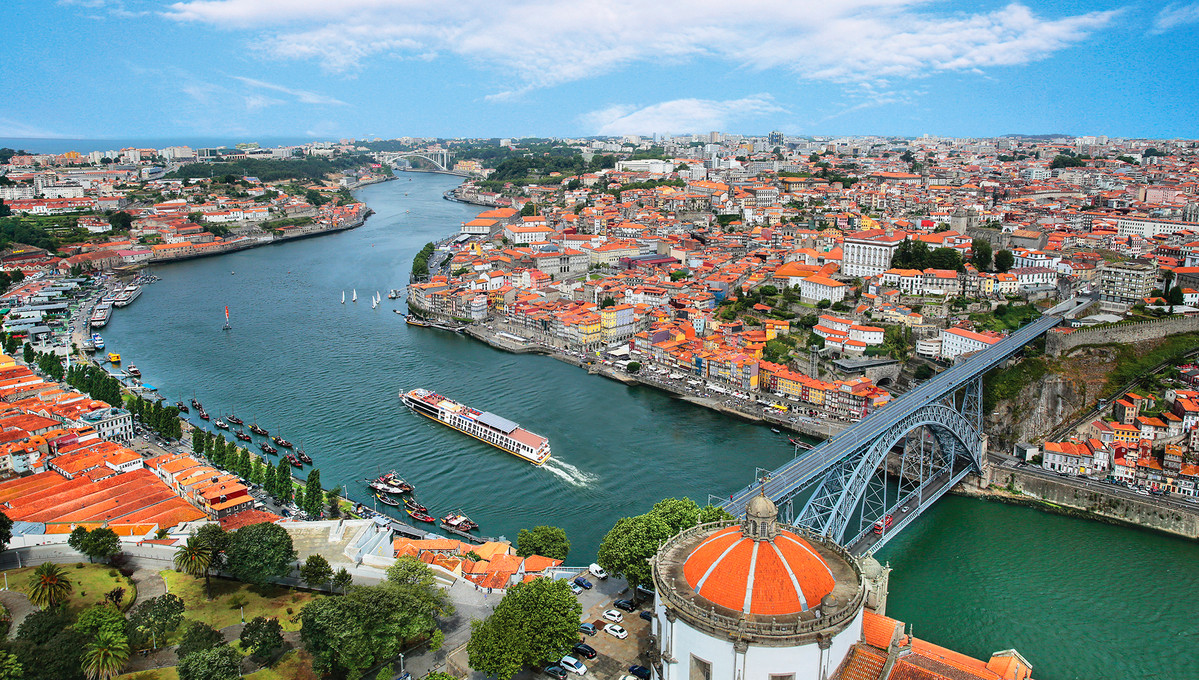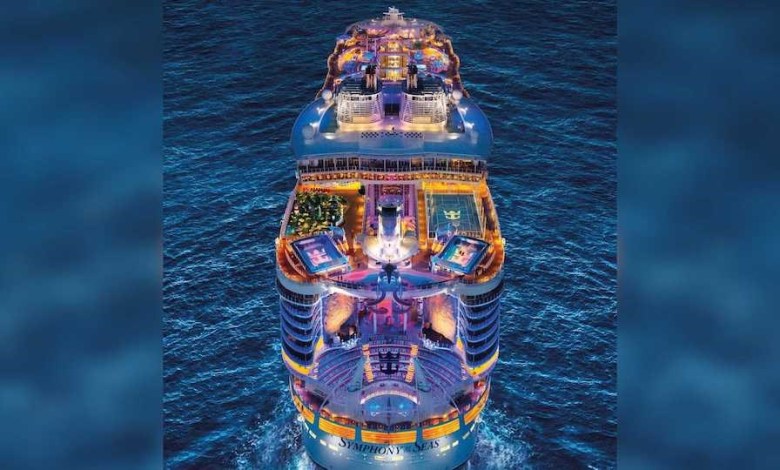
There are several different types of cruises. These include river cruises and expedition cruise liners. Let's examine a few different types and see how they differ. This is where the main difference lies between these cruises: what type of destination they visit.
Cruise lines specializing in niches
Specialty cruises can offer an exceptional experience for those seeking something new. They typically offer smaller ships, more intimate accommodations, and a range of itineraries. A number of experts are available to educate you about subjects you may not have known about.
A lot of specialty cruises feature well-known chefs who regularly train their staff and create unique menus for their ships. Royal Caribbean's Jamie's Italian Restaurant offers a prix fixe menu that features dishes by Jamie Oliver, a world-famous chef. There are many options on the menu, including White Oak Pastures beef tenderloin and San Daniel prosciutto. Coppa piccante from a Chicago-based salumeria is another highlight of Jamie’s Italian menu.

Many specialty cruises visit remote locations that are otherwise not accessible to normal cruisers. A cruise on a specialty cruise line may be more expensive than one on a regular line. You may also be able to take back-to-back trips between ports. Prices for back-to-back cruises can also vary. There are a few companies that charge additional prices for back-to-back trips, while others offer them as a single journey.
Expedition cruise liners
There are a few different types of expedition cruise liners. Some cruise liners are dedicated specifically to Antarctica, and other polar areas. Others focus on the oceans. These vessels all follow strict environmental regulations and are geared towards helping preserve these pristine regions. The next generation, currently in development, promises to make these vessels more eco-friendly than ever. It will include many technological innovations and cool design features. There will even be an underwater viewing lounge.
Execution liners are more for active travelers than other cruise lines, which have large interiors and many amenities. With fewer than 200 passengers, they are typically smaller. As a result, they can respond to changes in weather conditions and wildlife opportunities, and there is more time for excursions. It's also possible to modify the ship's itinerary in the event of more visible or active wildlife.
River cruises
There are many benefits to river cruises. Compared to ocean cruises, river cruises offer more flexibility and smaller groups. Guests have more time for exploring the cities and towns that they visit. Smaller groups mean guests have more chances to get to know one another. A river cruise can be a great way for you to see multiple locations at once.

Most river cruises offer all-inclusive packages. These packages might include pre-cruise lodging, group tours and pre-paid gratuities. Meals can either be served onboard the ship or at any of the many restaurants that are located along the river banks. Locally sourced, meals are often fresh. Guests are treated to entertainment from the local area and guided walking tours.
Most river cruises include stops in major cities. Paris and Budapest are two great options. River cruises include guided tours that allow passengers to learn more about the culture, art, history and customs of the places they visit. Some river cruises give passengers free time to explore the area by themselves. River cruises offer tours as well as optional shore excursions. Whether you want to shop, dine, or just relax on the ship, there is plenty to do during your stay.
FAQ
Where do cruises actually start?
Cruise vacations typically begin in Miami, Florida. The city is home to both international and domestic ports. These two locations allow passengers to explore the rest of South America and Europe.
Do I need to tip my Cruise Director?
This varies by cruise line. Some cruise directors receive tips while others don't. You can ask the Cruise Director on board to find out whether they require tips. They will usually tell you if they expect tips.
Can I bring my pet to the train?
Many cruise lines allow pets onboard. However, there are limitations. The first is to make sure your pet can travel. Pets with serious illnesses should not be taken onboard. Second, service dogs are not allowed onboard. Service dogs are specially trained to aid disabled people. You cannot also bring any dangerous animal aboard.
Are cruise ships safe?
Yes, cruise ship travel is very safe. The majority of cruise ships are outfitted with the most advanced technology and security systems. Cruise ships must also comply with strict safety standards. Crew members must undergo extensive training and pass background checks. Before boarding the ship, passengers must be screened. Some cruise lines even require passengers to show evidence of vaccinations against certain diseases. If you are ever concerned about your safety, please contact the customer service department at the cruise line.
Are there any other things I need to know before I go on a cruise?
You should know many things before going on your first cruise. First of all, remember that you will be traveling with other people. Be kind to these people, as you will never know their opinions on anything. Remember that you'll be sharing meals and drinks with strangers. Wear appropriate clothing. Avoid wearing shorts and tank tops while on deck. Wear comfortable clothing that you won't have to worry about getting dirty. Extreme temperatures are possible. Pack plenty of sunscreens. In case you need to spend time outdoors, bring a hat. Don't forget to take responsibility for your safety. Don't drink and drive.
Statistics
- *20% Gratuities Apply on Free Unlimited Open Bar; Free Specialty Dining. (ncl.com)
- You can save 15% off the total price if you book in advance of your trip. (travel.usnews.com)
- You'll need to budget around $80 per person per day for this option – and an additional 18% gratuity. (travel.usnews.com)
- The line estimates savings of 50% when you purchase this bundle. (travel.usnews.com)
External Links
How To
How to avoid becoming seasick during a cruise
You can avoid seasickness by wearing a cap while on cruise. By keeping the head in a fixed position, a wide-brimmed hat prevents motion sickness.
Also, a hat helps keep water off your face, which reduces the humidity. People who feel dizzy from breathing in moist air can breathe easier.
Another tip: Drink lots of fluids. Avoid alcohol or caffeine. These drinks dehydrate your body, making it more difficult for fluids to move around in your stomach. Consuming enough fluids can help lower the salt levels in your bloodstream. Salt causes the body and kidneys to retain water. This can lead to nausea.
Salty foods can help if you feel nauseated. Salty foods can cause your stomach to produce more hydrochloric acids, which aids in breaking down food particles.
These tips may not work. There are other medications that can be used to treat seasickness. Side effects of some medications include dry mouth, dry eyes, constipation and blurred vision.